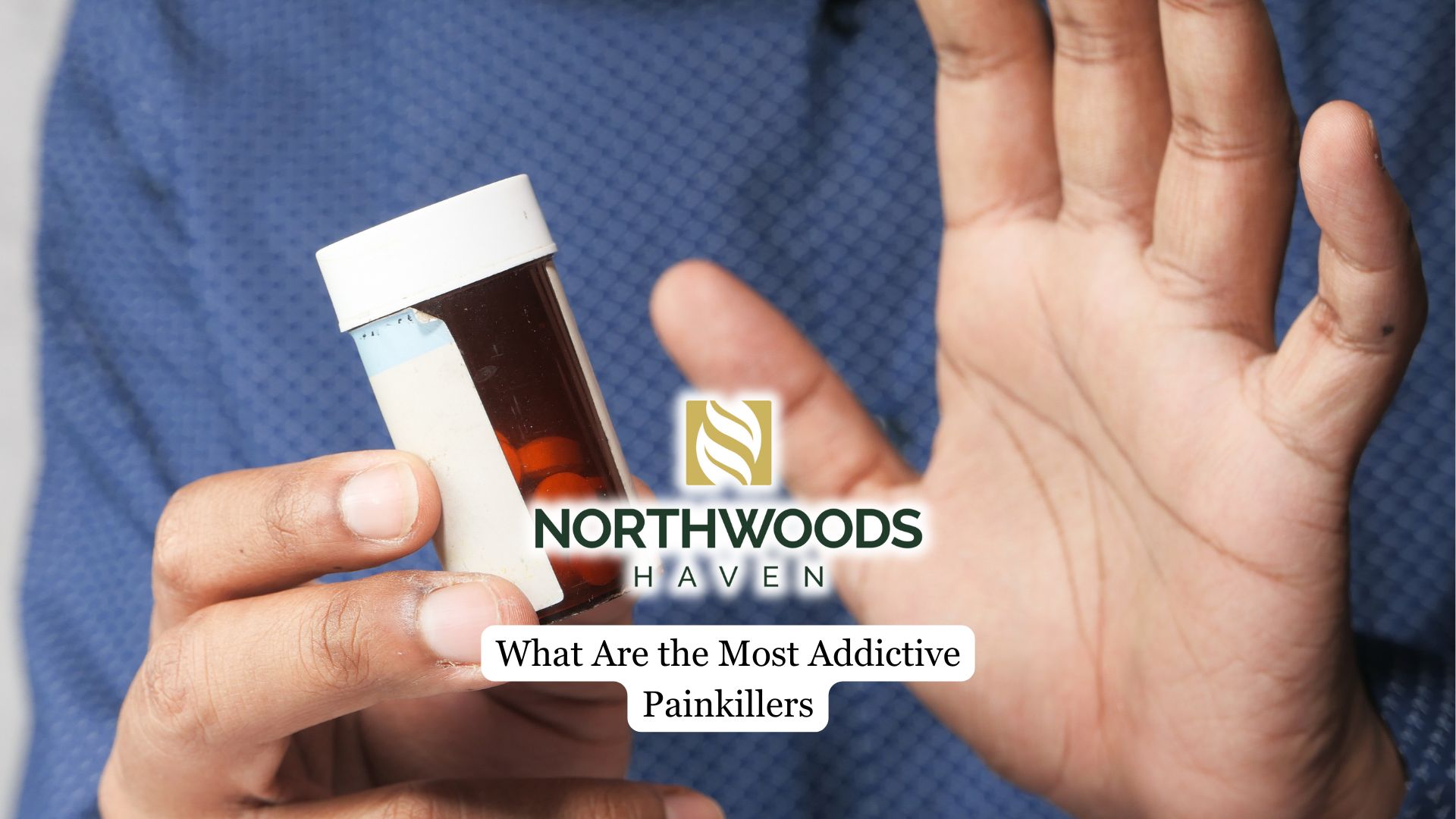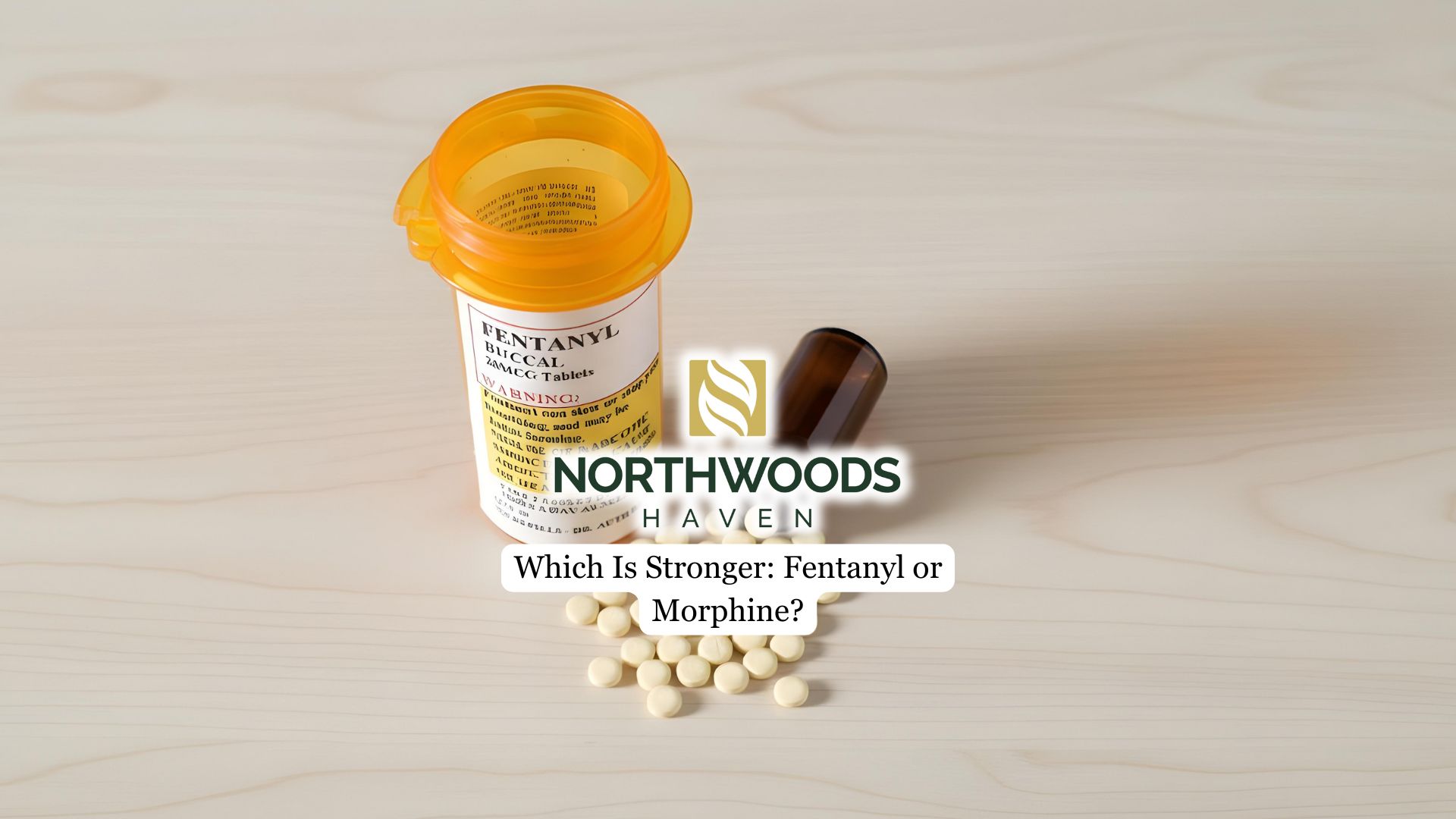The addiction crisis revolves around some of the most addictive painkillers ever created. These potent drugs, initially designed to relieve severe pain, have become a double-edged sword, providing relief but also carrying a substantial risk of dependence and addiction.
This article will highlight the most addictive painkillers at the heart of the opioid epidemic, analyzing their effects, risks, and the factors that have contributed to their widespread abuse.
Fentanyl
Fentanyl, a synthetic opioid, packs a potent punch in pain management, but its strength comes with a dark side. It’s estimated to be 50 to 100 times more powerful than morphine, making it highly effective for treating severe pain but also dangerously addictive. Even a tiny amount of fentanyl can lead to respiratory depression and overdose, contributing to a surge in opioid-related deaths in recent years.
You can misuse fentanyl by ingesting, snorting, or injecting it, which leads to a rapid onset of effects and a high potential for addiction. It’s often mixed with other substances, sometimes without your knowledge, further increasing the risk of overdose and complicating treatment efforts.
Fentanyl’s addictive nature and associated dangers have made it a central focus in the ongoing opioid epidemic, emphasizing the need for careful prescribing and monitoring practices in pain management.
It’s crucial to be aware of these risk factors and seek prompt prescription pill addiction treatment if you suspect you’re developing a substance use disorder.
Morphine
Morphine, a powerful opioid analgesic, has been a mainstay in treating severe pain for centuries. As morphine binds to opioid receptors in the brain, it not only blocks pain signals but also triggers feelings of euphoria, setting the stage for potential misuse and addiction.
If you’re prescribed morphine for pain relief, be aware that prolonged use can lead to tolerance, requiring higher doses to achieve the same effect and increasing the risk of dependence.
Morphine addiction can manifest through cravings, taking more than prescribed, and neglecting responsibilities. In 2021, the CDC reported over 70,000 opioid overdose deaths in the U.S., underscoring the danger of misusing drugs like morphine.
Work closely with your healthcare provider to ensure safe and effective use, and never hesitate to reach out for support if you’re struggling with addiction.
Oxycodone (Oxycodone)
Oxycodone, a semi-synthetic opioid derived from thebaine, is used to treat moderate to severe pain, but its euphoric effects make it prone to misuse and addiction. Oxycodone works by binding to opioid receptors in the brain, blocking pain signals and releasing dopamine, which reinforces drug-taking behavior.
Misusing oxycodone by taking higher doses than prescribed or crushing pills for injection or snorting significantly increases the risk of overdose. Tolerance to oxycodone can develop rapidly, requiring higher doses for the same pain relief or euphoria, heightening the risk of dependence.
Withdrawal symptoms from oxycodone can be severe, including muscle pain, insomnia, nausea, and intense cravings, making it challenging for those with a substance use disorder to discontinue use.
The potency of oxycodone, combined with its potential for rapid tolerance development and severe withdrawal symptoms, makes it one of the most addictive painkillers available, necessitating strict adherence to prescription guidelines and close monitoring by healthcare professionals to prevent misuse and addiction.

Hydromorphone (Dilaudid)
Powerfully potent, hydromorphone (Dilaudid) is an opioid analgesic that’s 5 to 10 times stronger than morphine, making it highly effective for managing severe pain but also highly addictive.
It works by binding to opioid receptors in your brain and spinal cord, blocking pain signals and producing euphoria, which contributes to its addictive potential. Hydromorphone is typically prescribed for acute pain relief after surgery or injury, but misuse can lead to dependence and increased risk of overdose.
Common side effects include drowsiness, constipation, nausea, and respiratory depression, with the latter posing a significant risk of life-threatening complications.
Find out what are the differences between dependence and addiction and the intricacies surrounding their treatment approaches.
Vicodin
A widely prescribed opioid painkiller, Vicodin combines the potent hydrocodone with acetaminophen to relieve moderate to severe pain. However, its effectiveness comes at a cost, as the opioid component can quickly lead to addiction.
As you take Vicodin, your body may develop a tolerance, requiring higher doses to achieve the same level of pain relief. This tolerance can set the stage for misuse and dependence, as you may find yourself taking more than prescribed or for longer periods than intended.
Withdrawal symptoms, such as nausea, muscle pain, anxiety, and intense cravings, can make it incredibly challenging to stop using Vicodin once you’ve become addicted. The euphoric effects of the medication can be a powerful draw, leading to a vicious cycle of misuse and addiction.
Factors Contributing to Addiction
Genetic predisposition, a history of substance use, and untreated mental health disorders like depression or PTSD are key risk factors that elevate your likelihood of addiction.
If you’re using opioids for longer than prescribed, your risk of developing an opioid use disorder increases significantly, with dependence potentially forming after just 30 days of use.
Tolerance to painkillers can develop quickly, meaning you may need to increase your dosage to achieve the same pain-relieving or euphoric effects, further compounding your risk of addiction.
Environmental factors, including stress, unemployment, and social influences, can also contribute to the likelihood of becoming addicted to painkillers.
Final Thoughts from Northwoods Haven Recovery
At Northwoods Haven, situated in Minneapolis, we provide a top-notch opioid addiction treatment program aimed at tackling the intricate challenges of painkiller dependence. Our all-encompassing approach integrates evidence-based therapies, medical expertise, and a nurturing environment to assist individuals in breaking free from the clutches of opioid addiction. The program is customized to cater to the distinct needs of each client, offering individualized care and support throughout the recovery process.



